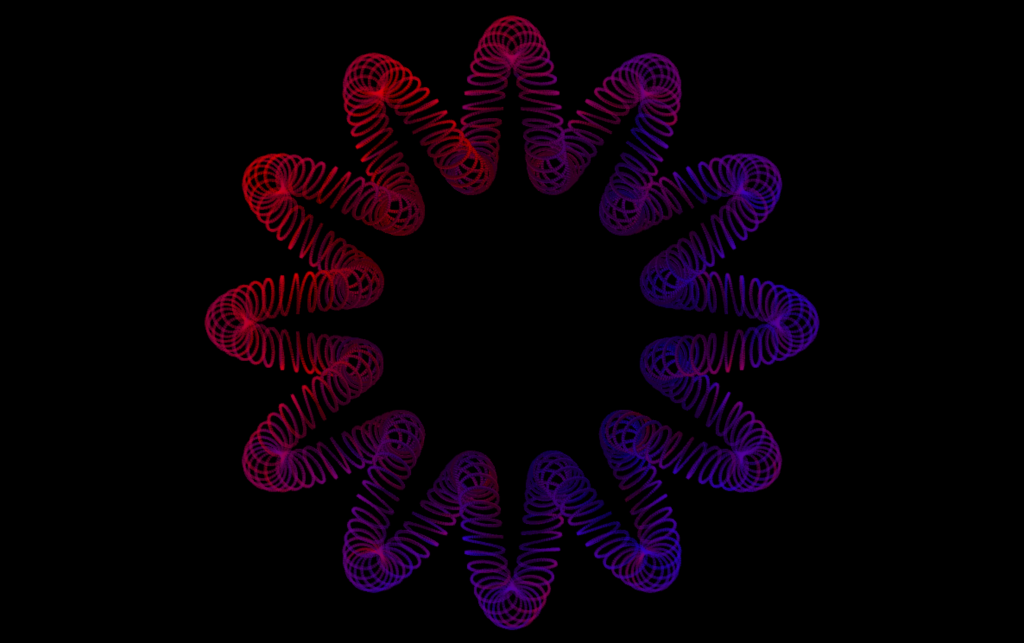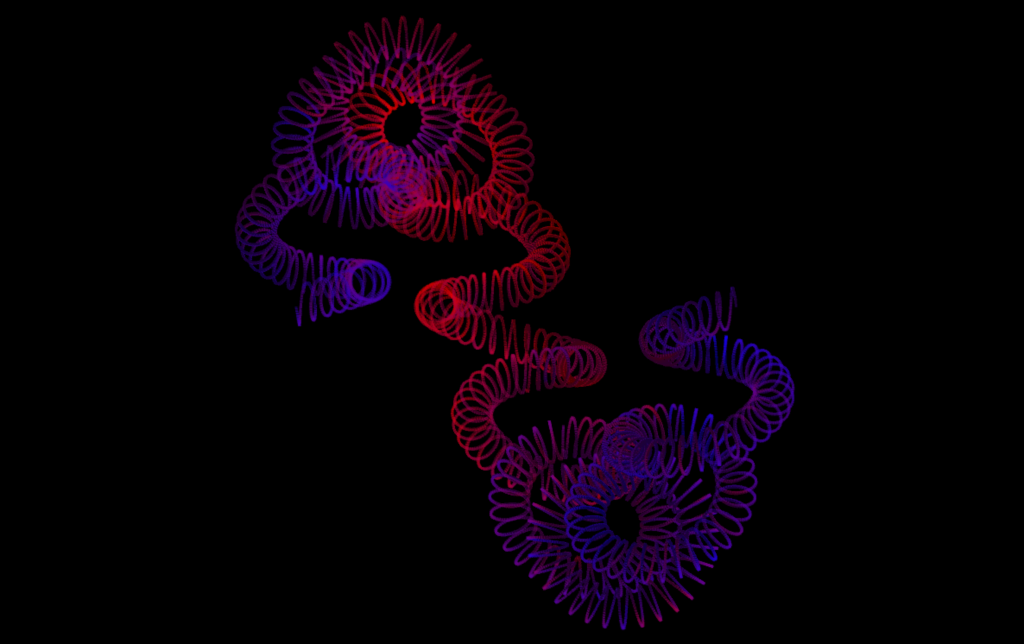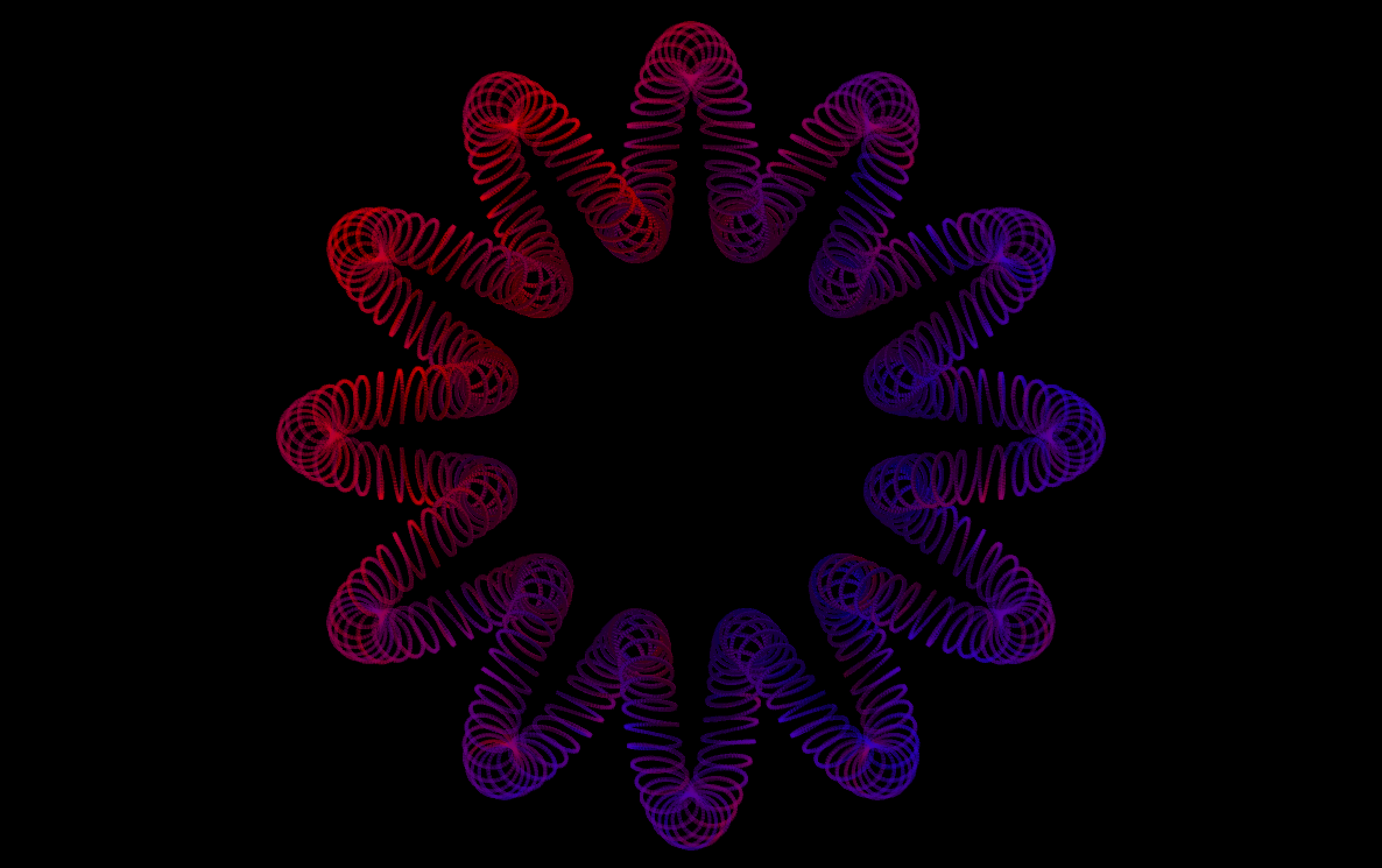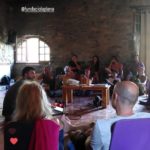Presented at:
Mutating Ecologies in Contemporary Art: Matter, Ethics and Subjectivity
II International Symposium
February 21, 2018, Barcelona, Catalonia

 The rhetoric of progress and the teleological linearity of Time, which helped to found our constitutive modernity, promised an improvement of the human condition that contrasts with the destructive and annihilating reality of the Now under the sign of the Anthropocene. This metaphysics of progress, already present in the Christian tradition and secularized in the form of techno-scientific optimism, was established as a will to control and dominate nature in all senses, as well as the supremacy of the new over the old (where we tend to find the narrative of the origins and a legitimating directionality of history). In opposition to this abstract background of continuity disposed on the incessant flow of modifications and discontinuities found in events, it is possible to enlight other conceptions of time that contrast with the meta-narrative of progress. Inside the directionality inscribed in the metaphor of the arrow of time there is the overcoming of the old epistemic matrix that makes it impossible to think the becoming and the multiplicity, neutralizing differences without delving into the thickness of novelty. In contrast to the foundational timeline of our western Christian and capitalist civilization, it is also possible to conceive, on the margins of that semantic-material framework, time as a fractal entity that contracts or folds, connecting with thousands of unprecedented forms. The spiral that takes us from the dawn of Natural History and the inert taxonomy of Linnaeus cataloging the living beings under the imprint of the botanical garden, going through the Evolutionism of Darwin that historicizes life and incorporates it into the ecological niche, until arriving at the gene as the foundation and guiding principle of decontextualized life in the form of a genetic data bank of a life redefined in terms of information that can be transported and transformed. That is, from this immense spiral fold that takes us to the botanical garden transmuted into a genetic data bank, we propose to rethink the ontological-visual metaphors of time in relation to ecological thinking and the possibility of thinking about the future of life in all its contingency. In this sense, and in relation to the ideas presented, we will present Spirals within Spirals, a work in process that explores the development of tools for data visualization, paying special attention to the spatial representation of time, being this mapped as a pseudo space -Fractal and three-dimensional. As an ongoing artistic-philosophical investigation, the project focuses on the poetics and the aesthetics of the interface for a non-linear model of time representation and environmental data.
The rhetoric of progress and the teleological linearity of Time, which helped to found our constitutive modernity, promised an improvement of the human condition that contrasts with the destructive and annihilating reality of the Now under the sign of the Anthropocene. This metaphysics of progress, already present in the Christian tradition and secularized in the form of techno-scientific optimism, was established as a will to control and dominate nature in all senses, as well as the supremacy of the new over the old (where we tend to find the narrative of the origins and a legitimating directionality of history). In opposition to this abstract background of continuity disposed on the incessant flow of modifications and discontinuities found in events, it is possible to enlight other conceptions of time that contrast with the meta-narrative of progress. Inside the directionality inscribed in the metaphor of the arrow of time there is the overcoming of the old epistemic matrix that makes it impossible to think the becoming and the multiplicity, neutralizing differences without delving into the thickness of novelty. In contrast to the foundational timeline of our western Christian and capitalist civilization, it is also possible to conceive, on the margins of that semantic-material framework, time as a fractal entity that contracts or folds, connecting with thousands of unprecedented forms. The spiral that takes us from the dawn of Natural History and the inert taxonomy of Linnaeus cataloging the living beings under the imprint of the botanical garden, going through the Evolutionism of Darwin that historicizes life and incorporates it into the ecological niche, until arriving at the gene as the foundation and guiding principle of decontextualized life in the form of a genetic data bank of a life redefined in terms of information that can be transported and transformed. That is, from this immense spiral fold that takes us to the botanical garden transmuted into a genetic data bank, we propose to rethink the ontological-visual metaphors of time in relation to ecological thinking and the possibility of thinking about the future of life in all its contingency. In this sense, and in relation to the ideas presented, we will present Spirals within Spirals, a work in process that explores the development of tools for data visualization, paying special attention to the spatial representation of time, being this mapped as a pseudo space -Fractal and three-dimensional. As an ongoing artistic-philosophical investigation, the project focuses on the poetics and the aesthetics of the interface for a non-linear model of time representation and environmental data.
CV autores:
Pau Alsina. Doctor en Filosofía por la Universidad de Barcelona. Profesor de los Estudios de Artes y Humanidades de la Universitat Oberta de Catalunya. Desde 2002 dirige la revista Artnodes dedicada a las intersecciones entre arte, ciencia y tecnología. Ha escrito y coordinado diversos libros, monográficos, capítulos y artículos sobre pensamiento filosófico contemporáneo, así como sobre las relaciones entre arte, ciencia y tecnología. Sus investigaciones se han desarrollado alrededor de los fenómenos emergentes en el Bioarte y los Software Studies, siempre aplicando metodologías propias del nuevo materialismo, de la arqueología de los medios y de la teoría del actor-red al ámbito del arte y la cultura contemporánea. Actualmente es director del grupo interdisciplinar de investigación DARTS en la UOC. palsinag@uoc.edu
Quelic Berga. Máster en diseño de interfaces por la University of Lincoln (UK). Desarrolla su doctorado en el programa Network Information Technologies de la UOC. Profesor de los Estudios de Informática, Multimedia y Telecomunicación de la Universitat Oberta de Catalunya. Desde 2003 produce obra que reflexiona sobre la relación entre tecnología, ecología y humanidad. Ha ganado premios de arte digital y ha sido beneficiario de varias becas de producción y de residencia artística. Sus trabajos han sido expuestos en festivales y centros de arte en España, Francia, Serbia, Helsinki, Italia, Singapur y Canadá. Entre otros Arts Santa Mónica (Barcelona), Sala de Arte Joven (Madrid), KC Grad (Belgrade, Serbia), KUVA Art University (Helsinki, Finland), VAD Festival (Girona, Spain), Ingràvid (Figueres, Spain), y la National Academy of Fine Arts, NAFA (Singapore). Actualmente miembro del grupo interdisciplinar de investigación DARTS en la UOC. qberga@uoc.edu
Javier Melenchón: Doctor por la Universitat Ramon Llull en Tecnologías de la información y las comunicaciones y su gestión. Profesor de los Estudios de Informática, Multimedia y Telecomunicación de la Universitat Oberta de Catalunya. Ha escrito diversos artículos sobre visión por ordenador, tratamiento del habla y síntesis de voz y caras parlantes y ha participado en diversos proyectos de transferencia tecnológica sobre dichas temáticas. Paralelamente se muestra interesado en el tratamiento de la materialidad en el aprendizaje en línea de contenidos híbridos. Actualmente forma parte del grupo de investigación DARTS. jmelenchonm@uoc.edu

 Català
Català Español
Español





Comments by admin